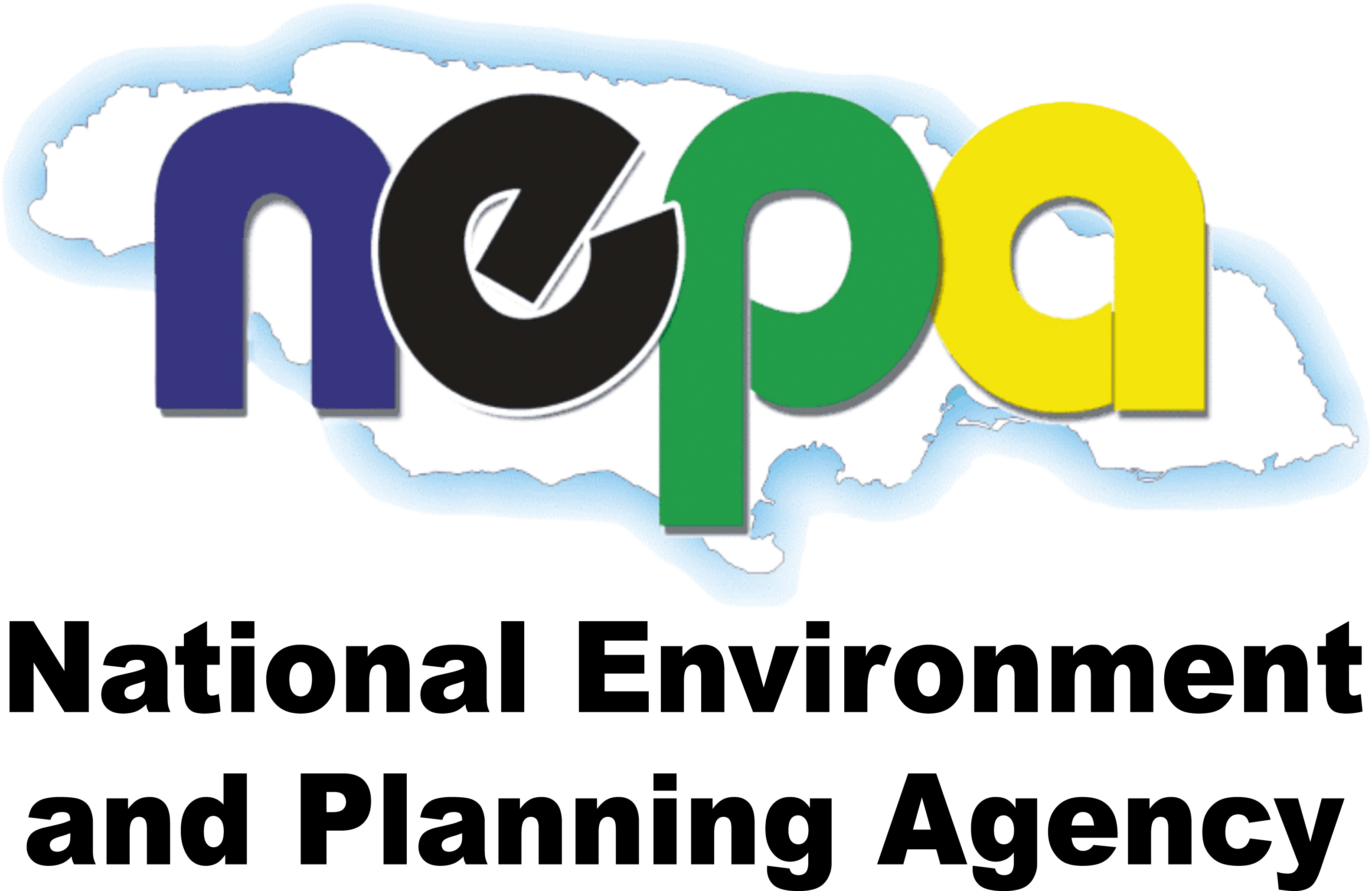Sea grasses are marine flowering plants found growing in the shallow waters around Jamaica. There are three types of sea grasses found in coastal waters around Jamaica, namely, Thalassia testudinum commonly referred to as turtle grass, Halodule wrightii or shoal grass and Syringidium filiforme or manatee grass. Sea grasses are of direct importance in maintaining the integrity of the Jamaican coastal marine environment. In addition, by contributing to the preservation of the coastal zone, sea grasses help to ensure the continuation of traditional activities such as fishing and recreation.
Sea grasses are affected by problems associated with natural events such as disease, overgrazing by marine animals and severe weather conditions. However, human activities affect sea grasses to a much greater extent and with greater frequency.
A policy on sea grasses is intended to guide the issuing of licences, or permits for activities which directly or indirectly affect these plant communities. These include activities such as dredging, port development, the disposal of dredge spoil, beach development and effluent disposal.
The National Policy for the Conservation and Management of sea grasses is based on the following principles:
- Seagrasses are an important component of the coastal ecosystem and their conservation can only be achieved by ensuring coordination between conservation and development activities;
- The conservation of seagrasses must primarily involve those communities and interest groups who rely directly on these resources. However, the national importance of this resource cannot be overlooked, as all Jamaicans derive benefits from the coastal zone either directly or indirectly;
- It is necessary that a more positive public attitude and perception of seagrasses be developed.
